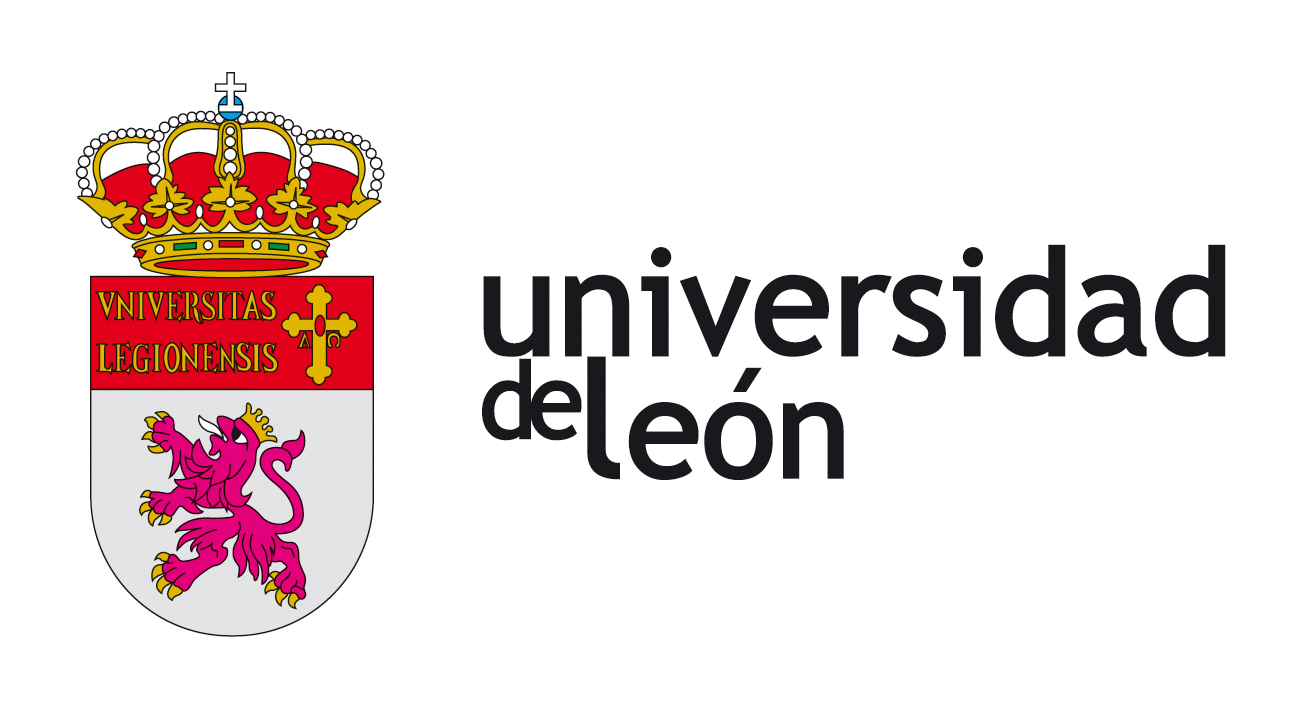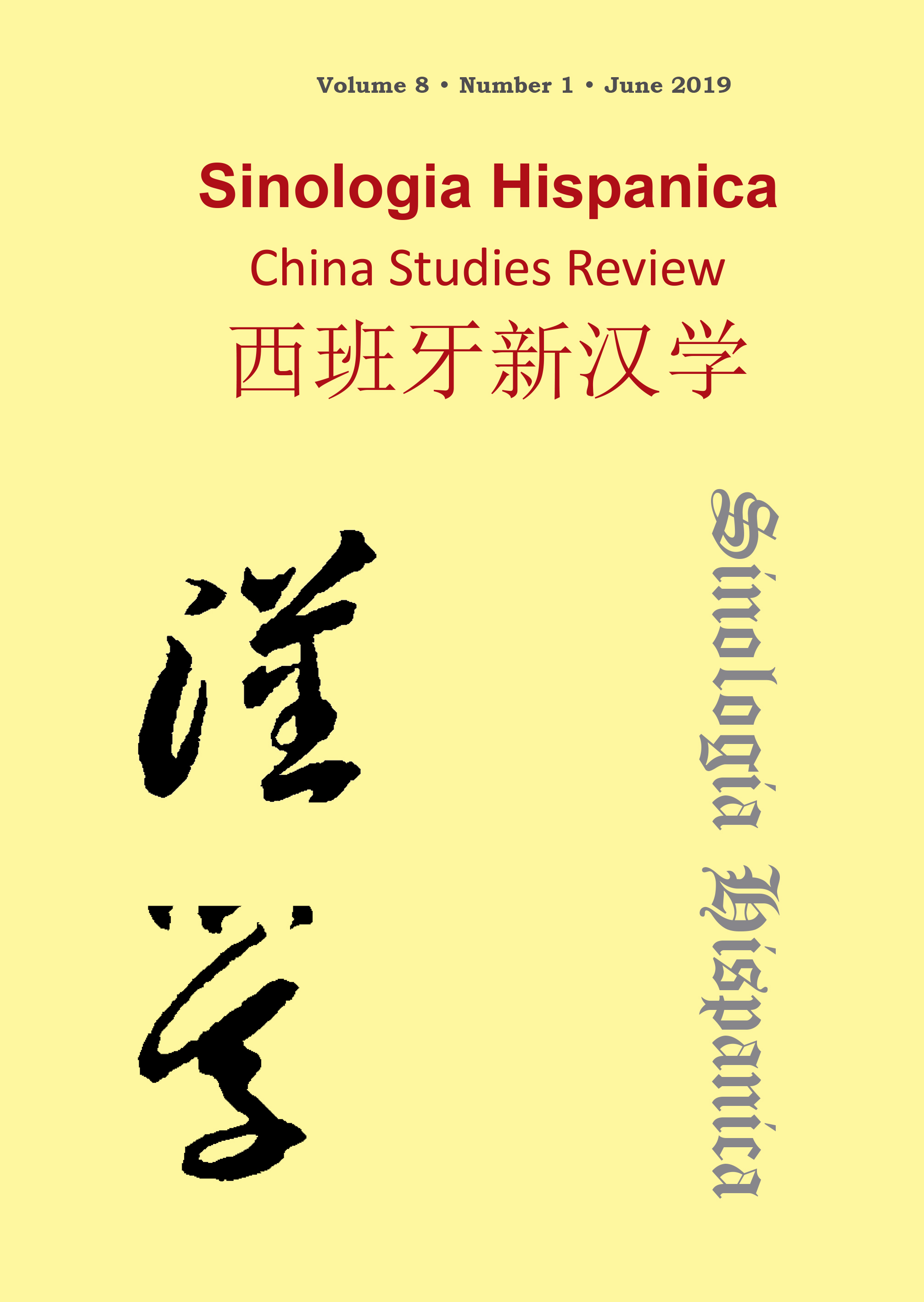The Image of the Interpreter in the First Sino-Spanish Contacts (16th Century)
DOI:
https://doi.org/10.18002/sin.v8i1.6063Palabras clave:
translation history, interpretation history, language contact, missionary linguistics, culture studies, Ming Dynasty, Spanish in China.Resumen
The earliest Spanish travelers in China coming from the Philippines (16th century), not being able to communicate in Chinese, have to trust interpreters who, very often and for the most diverse reasons, do not always carry out their work with the expected fidelity. These interpreters, beyond being mere translators, also function as guides, as informants about the territory and, above all, as cultural mediators. The first documents on Sino-Spanish contacts, especially Rada’s, Loarca’s, Tordesillas’, and Sánchez’ travel accounts, written between 1575 and 1583, allow to catch a glimpse of the interpreters’ identity, their social and geographical origin, their linguistic and cultural skills, their various tasks in mediation as well as the difficultiesthey have to deal with in their work. The
documents also allow to perceive the need
for the first missionaries to learn Chinese
and their very first attempts to do so.
Descargas
Métricas alternativas
Descargas
Publicado
Cómo citar
Número
Sección
Licencia
Derechos de autor 2019 Victoria Béguelin-Argimón

Esta obra está bajo una licencia internacional Creative Commons Atribución-NoComercial-CompartirIgual 4.0.
Sinologia Hispanica. China Studies Review considers all manuscripts on the strict condition that
- The authors grant on a nonexclusive basis the exploitation rights (reproduction, distribution, public communication and transformation) of the work accepted for publication to the University of León. The authors can establish, on their own, additional agreements for the non-exclusive distribution of the version of the work published in the journal (for example, placing it in an institutional repository or publishing it in a book), always acknowledging the initial publication in this journal.
- The manuscript is your own original work, and does not duplicate any other previously published work, including your own previously published work.
- The manuscript is not currently under consideration or peer review or accepted for publication or in press or published elsewhere.
- The manuscript contains nothing that is abusive, defamatory, libellous, obscene, fraudulent, or illegal.
- Please note that Sinologia Hispanica uses Turnitin software to screen manuscripts for unoriginal material. By submitting your manuscript to Sinologia Hispanica you are agreeing to any necessary originality checks your manuscript may have to undergo during the peer-review and production processes. Any author who fails to adhere to the above conditions will be rejected.
- Authors are allowed and encouraged to electronically disseminate the pre-print versions (version before being evaluated) and / or post-print (version evaluated and accepted for publication) of their works before publication, since it favors their circulation and earlier dissemination and with it a possible increase in its citation and scope among the academic community.
Sinologia Hispanica is under Creative Commons Attribution-NonCommercial-ShareAlike 4.0 International License. You can read more about this license in versión informativa and texto legal.








